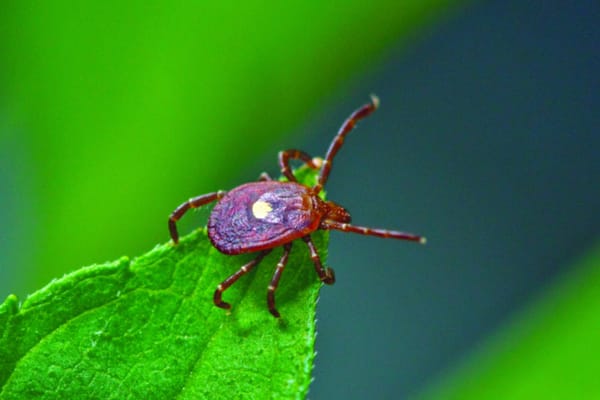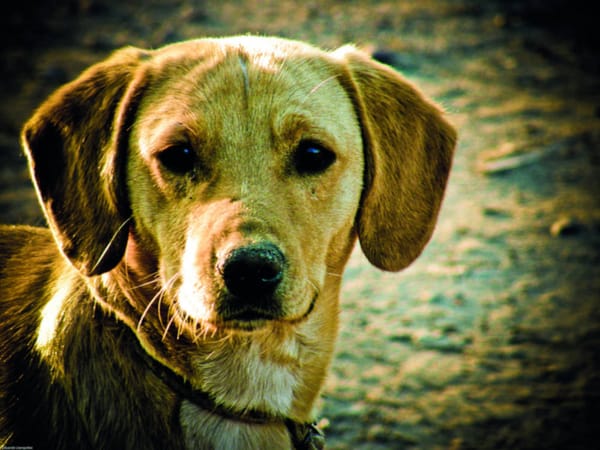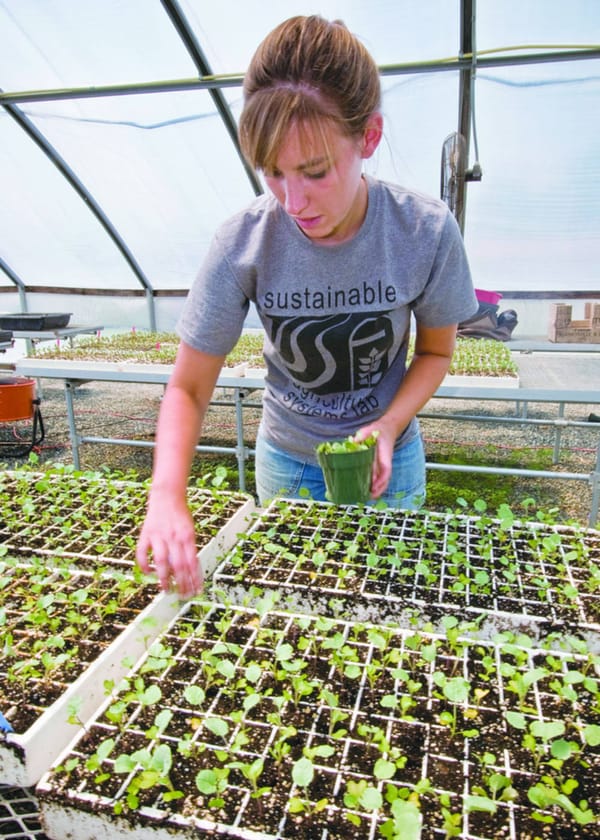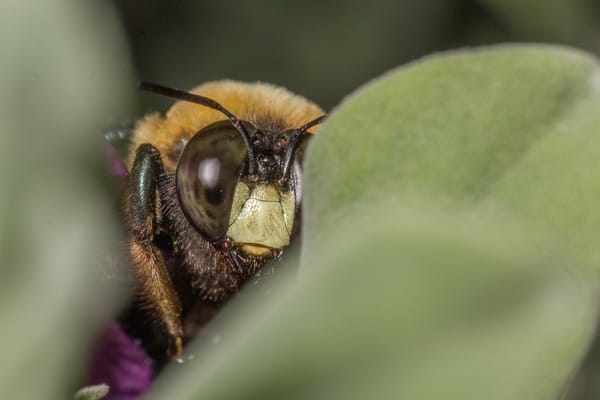Sequencing all of life
Lizzie Riach discusses plans to create a full genetic map of all life on Earth
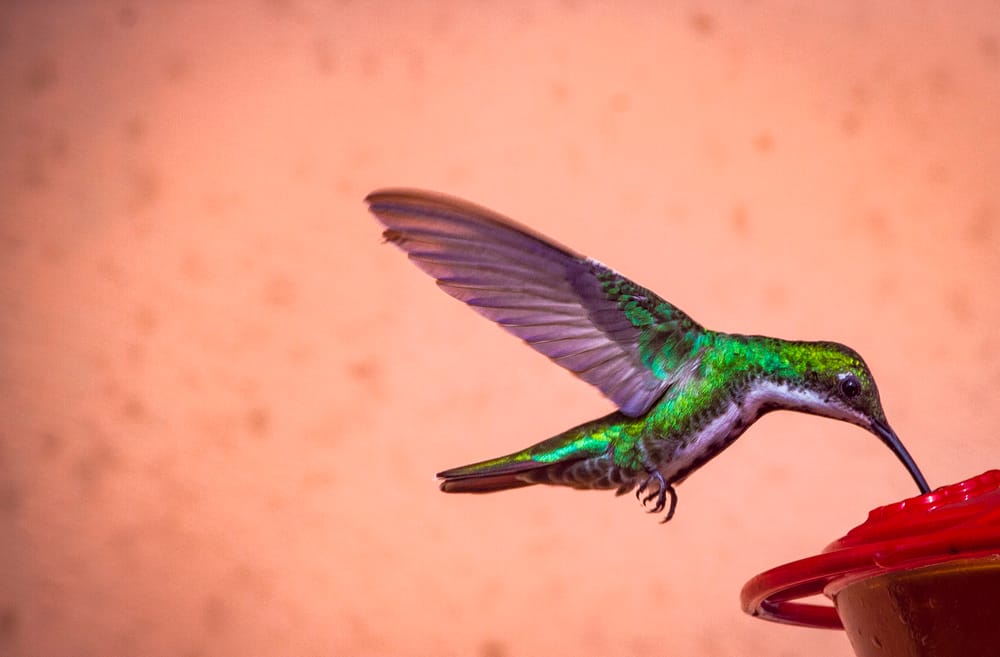
On the 23rd of February, a small group of researchers announced they wanted to sequence “all life on Earth” at a meeting organised by the Smithsonian Initiative of Biodiversity Genomics and China-based sequencing powerhouse BGI. The plan has been aptly named the Earth BioGenome Project (EBP), and would firstly focus on sequencing the DNA of the eukaryotes – the group of organisms that includes plants, animals, fungi and single-celled microorganisms like amoebas.
The response to the plan was well received, however the financial cost will be several billion dollars, and so may take time to kick off. Oliver Ryder, a conservation biologist for the San Diego Zoo Institute says “This is a grand idea – if we really want to understand how life evolved, genome biology will be a part of that”.
So why should all life be sequenced? The researchers involved drew several parallels between this and the Human Genome project, which resulted in many new DNA technologies that form the backbone of many new medical treatments. Harry Lewin, one of the EBP visionaries and an evolutionary genomicist at the University of California points out that “people have learned from the human genome experience that [sequencing] is a tremendous advance in biology”.
Despite being a long way off a concrete plan, the estimated costs are already being worked out, with the entire eukaryotic sequence costing around the same as it did to sequence the very first human genome (according to Lewin). In today’s money, this is around $4.8 billion, and could take as little time as a decade according to the organisers.
This seems like a big job, but a lot of headway has already been made, with lots of smaller projects already having sequenced large numbers of genomes. These include the Genome 10K Project, that aims to sequence 10,000 vertebrate genomes (one from each genus); i5K, deciphering 5000 arthropods; and B10K, which is looking at 10,500 bird species genomes. EBP would simply coordinate, compile and fund these various teams.
The biggest challenge may, however, be getting the DNA itself. Museum specimens, as well as recently collected frozen samples may not yield enough, so many may have to be retrieved from the wild. If completed, this project could provide valuable insights into our evolution and own genomic make up. Lewin maintains that this is the natural course of genomics, as sequencing improves with time, saying “It became apparent to me that at a certain point, it would be possible to sequence all life on Earth.”


